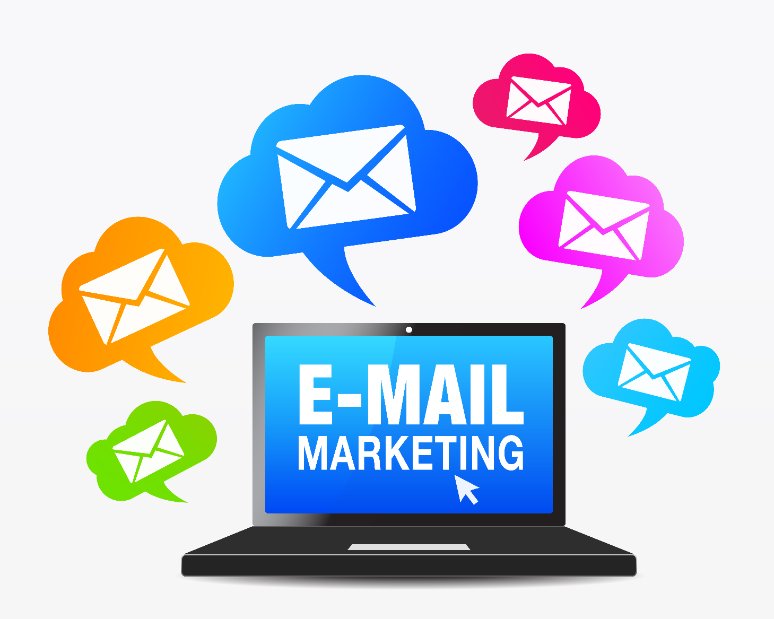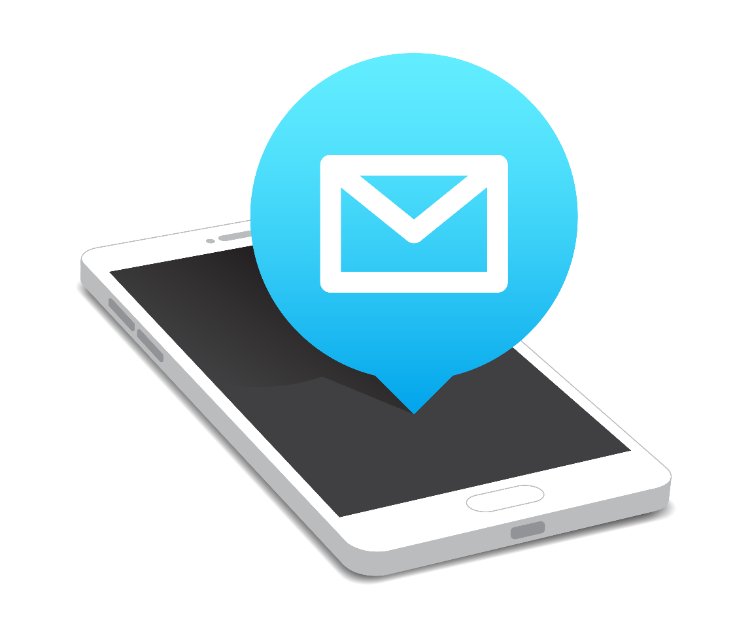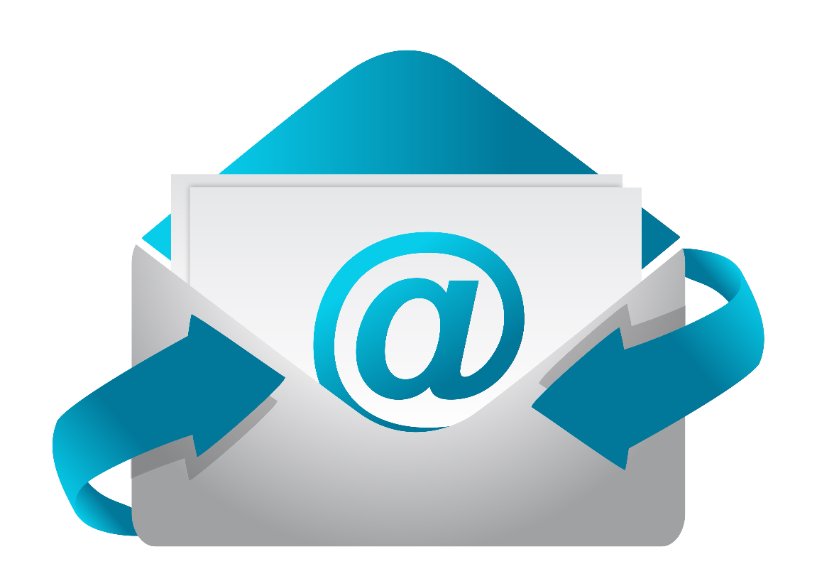
With the fast pace of technology, it’s easy to keep our eyes on the horizon for the next digital communication trend. That said, at more than 50 years old, email remains one of our most valuable means of communication, especially in business. Thanks to its familiarity, flexibility and cost-effectiveness, email continues to thrive as a formidable marketing channel.
Email Marketing Principles Backed by Statistics

While email is clearly a marketing mainstay, marketing best practices change with shifting trends, technology and customer interests. To stay relevant and stand out in a crowded inbox, consider these key email marketing principles and the statistics that back them up:
- Email isn’t slowing down; it’s growing. Research shows that 77 percent of marketers say email engagement has increased in 2021 and 2022. With transitions to work-from-home and hybrid work environments, most businesses experienced a boost in digital communications during the pandemic and beyond. Not only did email volume increase by 50 percent, but email open rates are on the rise as well, further affirming its position as a pillar of marketing communication.
- Interactive emails invite more engagement. Adding interactive elements improves email click-through rates by 200 percent. Interactive elements encourage users to take some form of action, enhancing their overall experience with the brand and buyer’s journey. Examples include carousel images, accordion menus, GIFs, animations, forms, surveys, embedded video or even strategic calls-to-action. Include videos in emails to increase the click-through rates by as much as 300 percent. Consider investing in short-form videos and incorporate the videos into email marketing.
- Compliance impacts deliverability. Studies show that 15.8 percent of all emails go missing or are caught by spam filters. To ensure deliverability, organizations need to meet CAN-SPAM regulations. Some examples include confirming subscribers with an activation email, avoiding misleading subject lines, disclosing ads and providing an opt-out choice with every email communication. Because regulations are always changing, it’s important to keep a vigilant eye on compliance. Consistently update subscriber contact information when businesses, personnel or individual interests change. When emails are fully compliant and valuable to your recipients, you will reach more members of your target audiences, improving engagement and other important metrics.
- Mobile friendliness impacts almost half of email readers. According to Statista, approximately 43 percent of emails are opened on mobile. That said, nearly one in five email campaigns is not optimized for mobile devices. This means your content isn’t loading properly, is poorly aligned or includes broken links. All of these disrupt the user’s experience with your brand and content. When this happens, most readers will simply move on. It’s a myth that a mobile-friendly design is costly or difficult. The key is to design emails with a mobile-first mindset and prioritize functionality and readability across all devices.
- Email is a daily necessity (and opportunity). It’s no surprise that 99 percent of email users check their inbox every day. Some check email as many as 20 times a day. This means that email is an essential channel that offers ample opportunities to connect with prospects, customers and other stakeholders. But it also means an endless flow of emails from all angles bombards users. Determine the right frequency for your various campaigns to ensure that your emails aren’t lost in the noise but don’t become a nuisance. A loyal customer will tolerate a different frequency than a cold lead. Segments lists by industry, role and stage in the buyer journey and test the right rate of frequency that delivers on value and engagement.
- Email is a fast-paced medium, so the design must be eye-catching and quickly deliver value. Consumers spend an average of 10 seconds reading brand emails. To design emails that generate attention, ensure your company logo is clearly visible and above the fold line to increase brand impact, while providing value to the reader right away. Remember that all devices are different. The system your target audiences use to read your emails determines the layout. Ashlee Rolkowski of Lone Fir Creative says, “Luckily there’s a rule of thumb you can use to help guide you: the fold line is approximately 1,000 pixels wide and 600 pixels tall. This can be helpful when it comes to design, but the important thing to remember is that engaging content needs to be higher on the page and optimized for usability.” An effective design can deliver valuable content and branding upfront. It also can encourage users to scroll down the page or guide them to click to more relevant content.
- Email performs best between established connections. Readers rank familiarity with a sender as the most important factor in deciding whether to open an email. The sender can be an individual, from the brand itself or can include both to ensure recognition. Leverage established connections and referrals to personalize emails for better performance. Ensure users have signed up to receive emails and be transparent about where their information came from. Don’t forget about the vital “sent from” field among other strategic email content components to establish trust and recognition before the email is opened.
The Email Channel Goes Both Ways

When brands produce and maintain a successful email marketing program, they build brand awareness, prove credibility and foster meaningful prospect and client relationships. It’s clear email is an essential communication platform for today’s marketers, but it isn’t just about sending messages. Email offers direct, two-way communication that tells marketers what your leads and customers want from you. Focus on delivering customer-centric messaging to targeted lists that encourage engagement and response. Use analytics to determine what content resonates with target audiences and use that knowledge to create future campaigns. By staying on top of trends, user preferences and email marketing principles, brands arm themselves with the insights they need to deliver winning email marketing campaigns.
